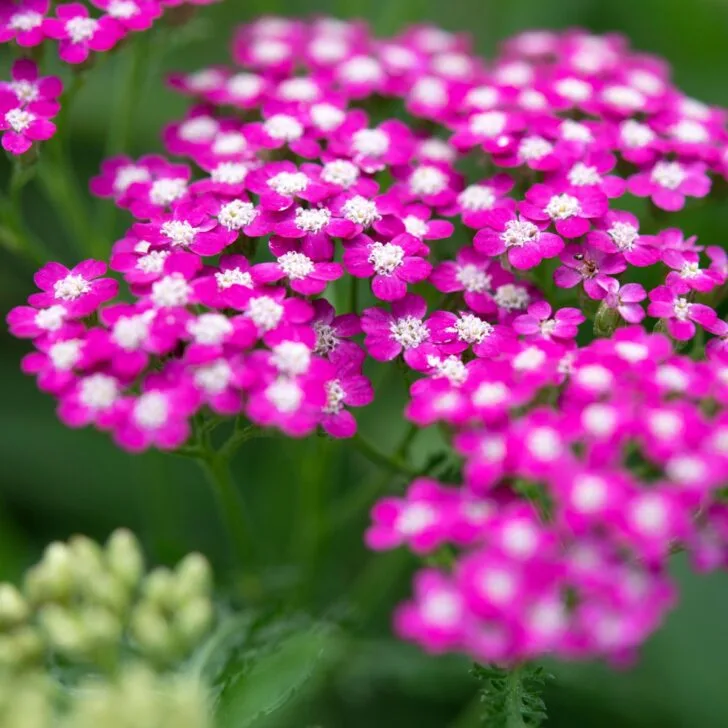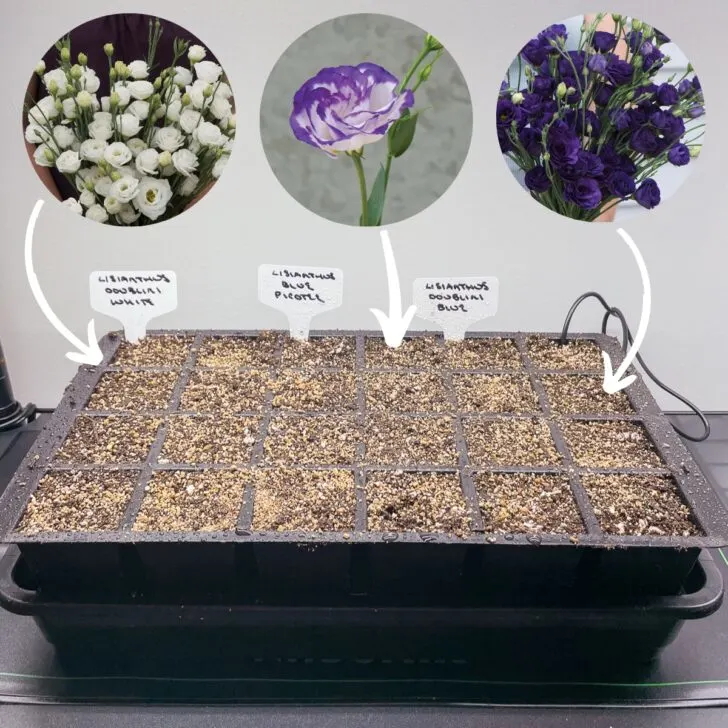Is a heat mat necessary for seedlings? It depends! Here's how to use a heat mat for plants, when to remove them, and which one is the best!
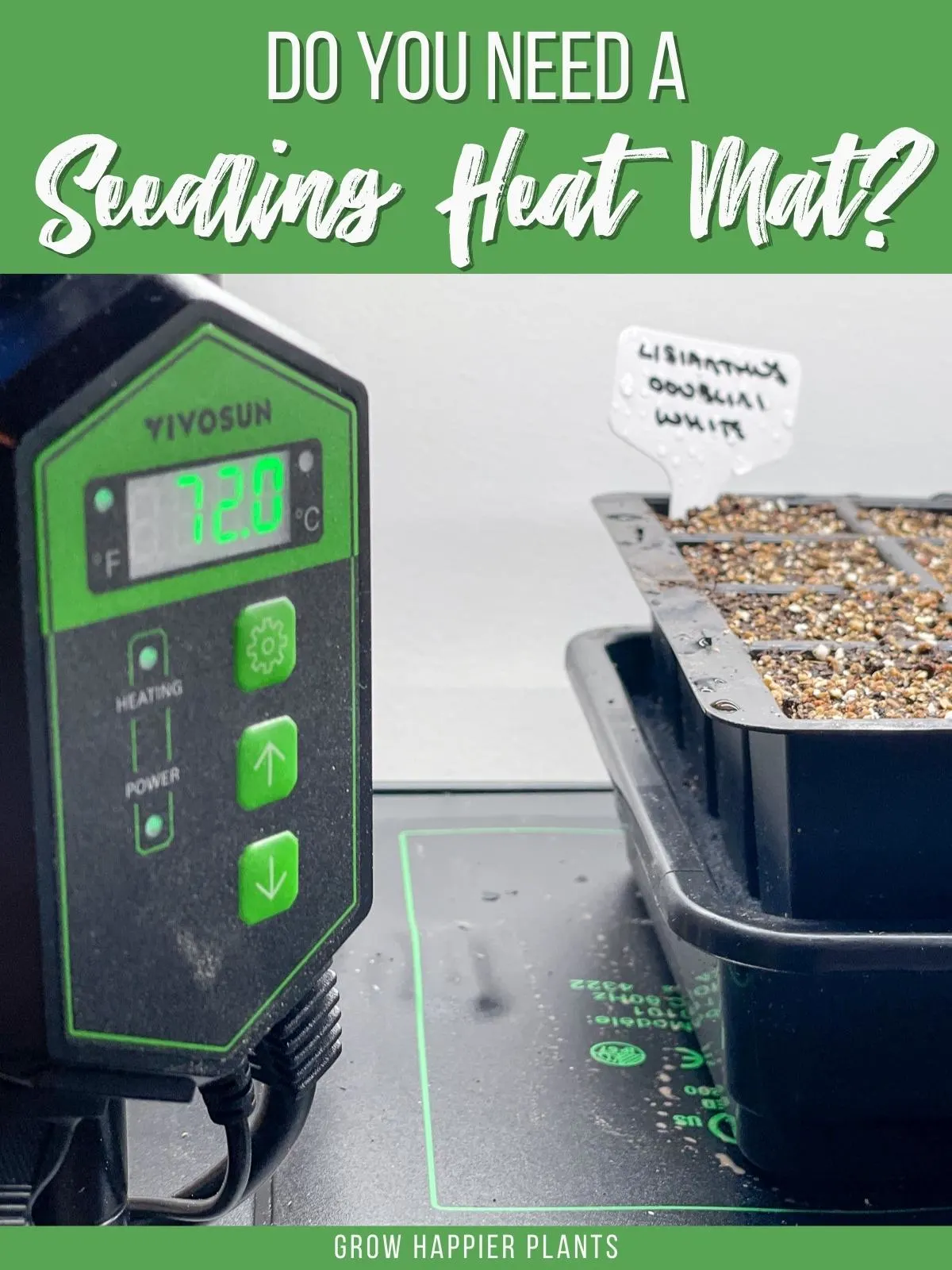
Not all seeds need a heat mat to germinate. In fact, most don't!
It really depends on the type of seed you plan to grow and the ambient temperature of the room they'll be sprouting in.
In this article, I'll go over a few situations where you do need a heat mat, the best heat mats for seedlings, and a few alternatives!
This post contains affiliate links for your convenience. Purchases made through these links may earn me a small commission at no additional cost to you.
Vegetable seeds that need heat to germinate
The vegetables listed below require temperatures of 70℉ or higher to germinate. If your home or greenhouse is typically kept within these ranges, a heat mat might not be necessary.
| Tomatoes (70-80°F) | Peppers (80-90°F) |
| Eggplant (75-90°F) | Cucumbers (70-85°F) |
| Squash (70-90°F) | Zucchini (70-95°F) |
| Melons (70-90°F) | Okra (75-95°F) |
Herb seeds that need heat to germinate
Most herb seeds can be grown without a heat mat. But if your room is particularly cold, such as a basement, you may want to consider adding supplemental heat for these herbs.
| Basil (70-80°F) | Oregano (65-70°F) |
| Thyme (70-75°F) | Rosemary (65-70°F) |
Flower seeds that need heat to germinate
Flowers that are native to warmer regions typically need more heat in order to germinate. Here are some of the more common flowers that may require a heat mat:
| Begonias (75-80℉) | Lisianthus (70-75°F) |
| Petunias (75-80°F) | Impatiens (70-75°F) |
| Geraniums (70-75°F) | Marigolds (70-75°F) |
When to use a heat mat for seedlings
You may be tempted to use a heat mat under all your seed trays, thinking that the warm temperatures will give you a head start and produce healthy seedlings sooner.
But you should only use a heat mat for seed germination under heat-loving crops that require a specific soil temperature range that is higher than the ambient air temperature of your growing room. Most seed packets will give you all the information you need!
For example, I recently started lisianthus from seed. The seed packet states that the optimal temperature for germination is 70-75 degrees. Further down, it's recommended that once the seedlings emerge, you should reduce the temperature to 60-70 degrees.
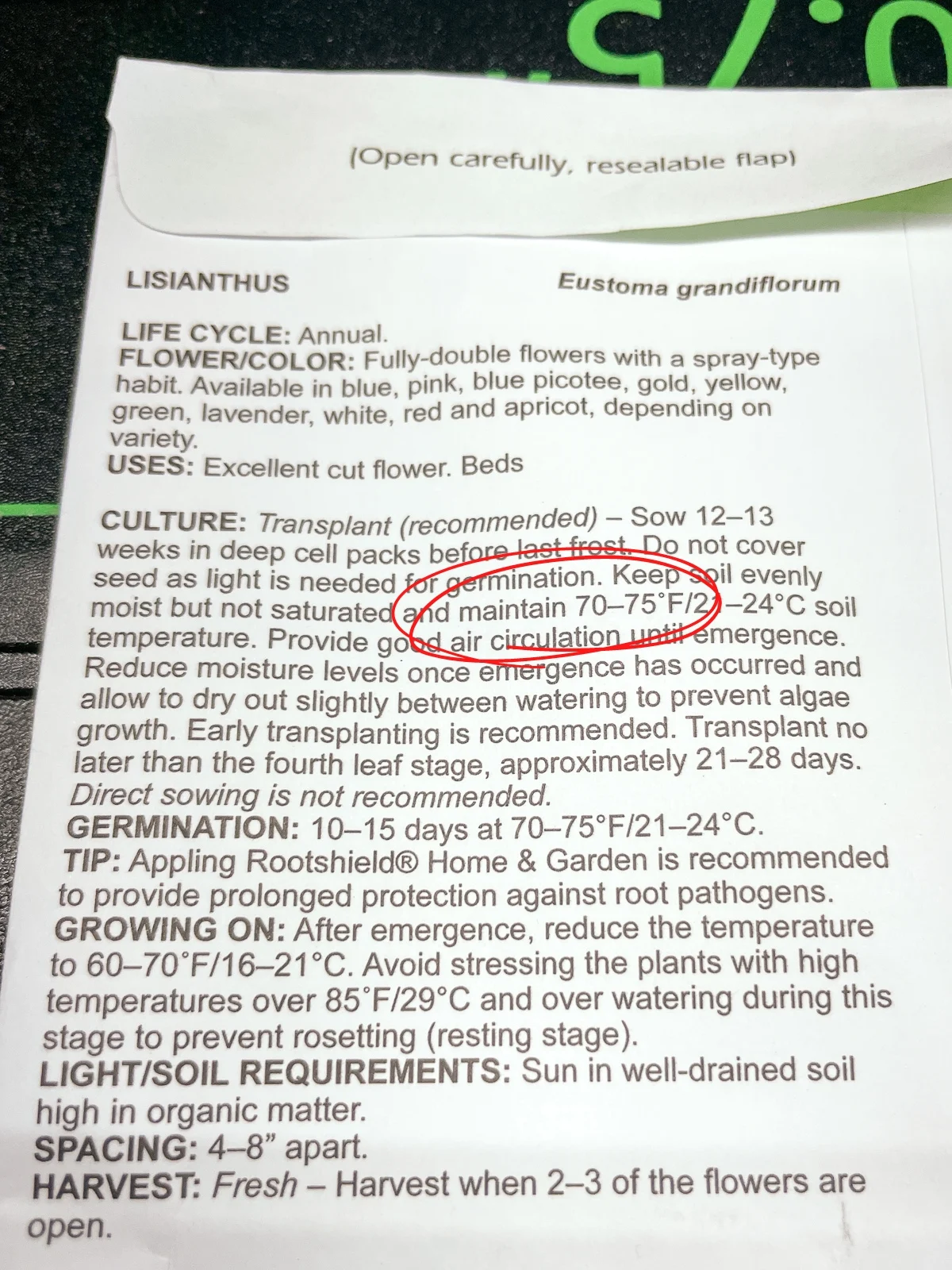
My grow lights are in the basement with a room temperature that is typically around 63 degrees, so these seeds wouldn't germinate without supplemental heat. Once the seedlings emerge, I'll remove them from the heat mat.
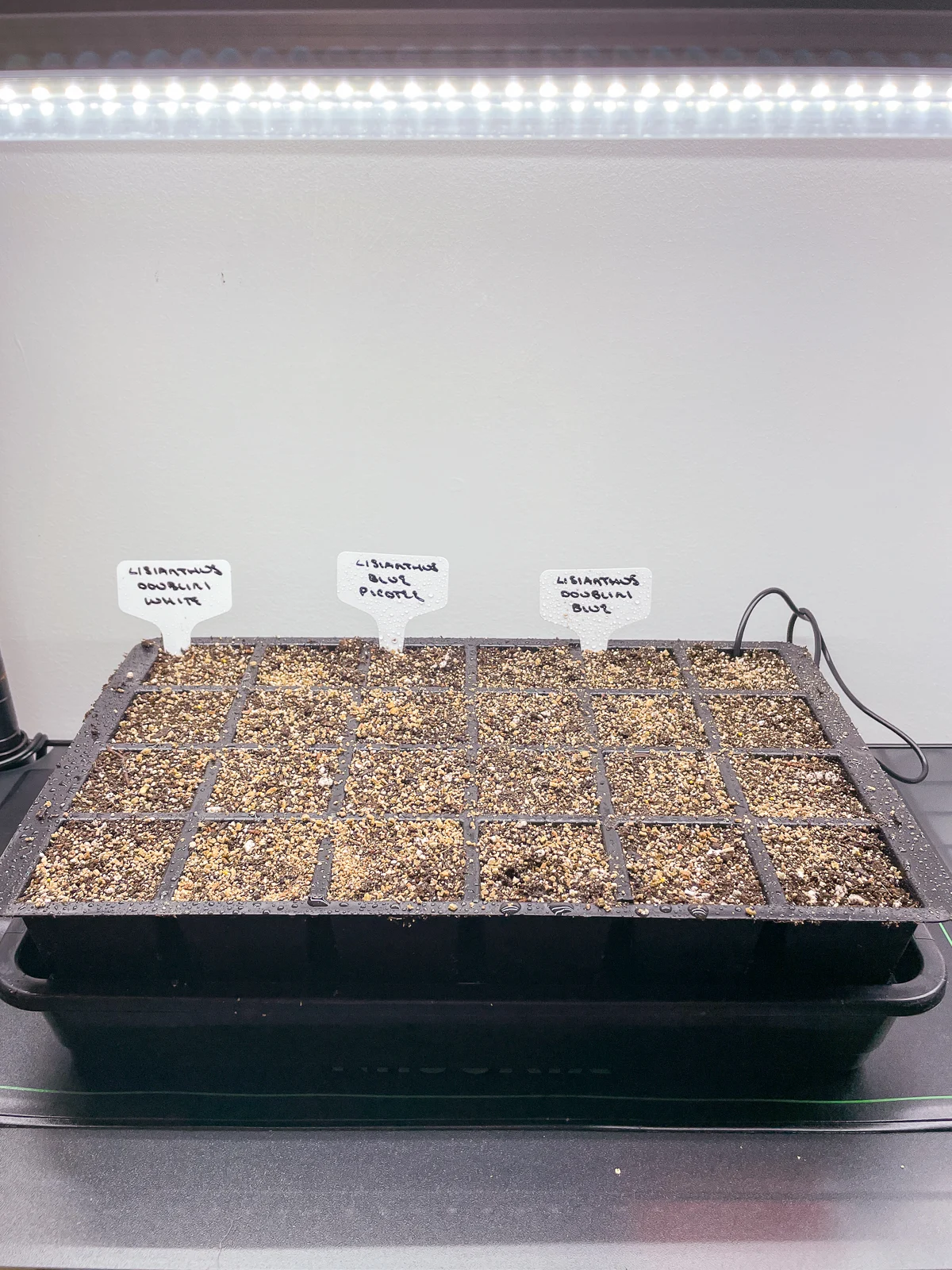
Can you start seeds without a heat mat?
You do not need a heat mat to start most seeds. Always check the seed packet information for the right temperature range required for germination.
If a temperature is not listed, a good rule of thumb is that if it can be direct sown before or a few weeks after the last frost date, it probably doesn't need the additional heat. Ground soil takes a while to warm up, so you'll be planting those seeds into temperatures that are well below those inside your house.
Cool weather plants don't require a warm environment to sprout, and will actually suffer if placed on a heat mat. So unless your room is colder than 60 degrees, it should be fine without the additional heat.
For example, sweet peas can be direct seeded outdoors six weeks before the last frost. These plants definitely don't need a heat mat!
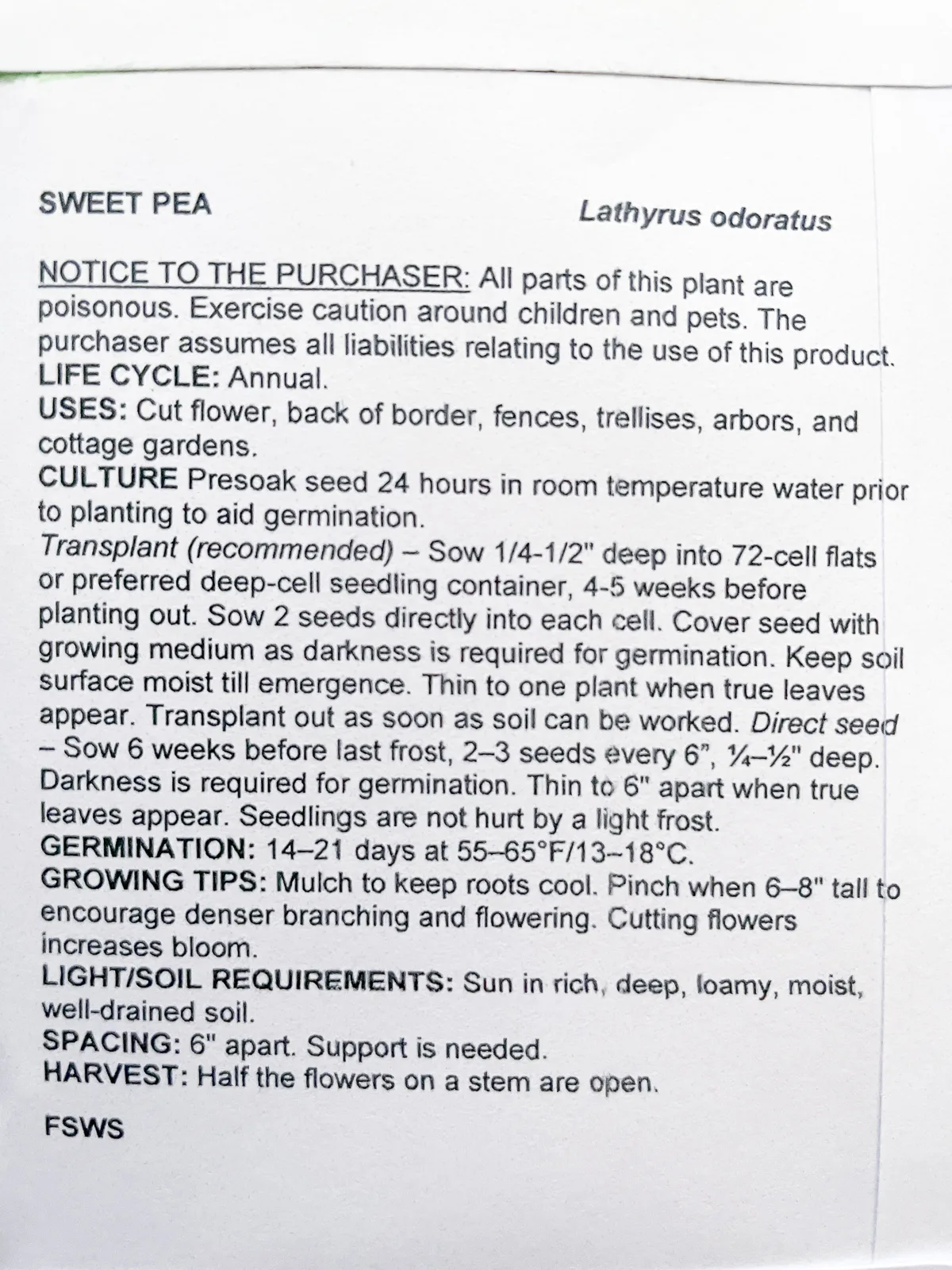
When to remove seedlings from heat mats
Once the seeds germinate and you can see growth, remove your seed tray from the heat mat. Seedlings will "flee" the heat by becoming leggy, and the extra warmth will cause the soil to dry out too quickly.
One exception might be if you start seeds in an unheated garage where the temperature inside can get very cold, especially at night. In this case, consider keeping heat mats under your sprouted seedlings to prevent the water in the soil from freezing.
Best seedling heat mats
The best heat mats are the ones that have a digital thermostat that allows you to set it at a consistent temperature. If you don't have a thermostat, it will keep warming until it hits a maximum temperature that may be too hot for the germination process.
Look for a heat mat that is large enough for at least one standard starter tray and will fit on your shelf under a grow light. My shelves are only 3 feet wide, so the larger mats would drape over the ends and waste energy.
I bought a Vivosun seedling heat mat, which measures 10" x 21" and has temperature control that is regulated with a probe that sticks into the soil.

I'm using self-watering seed trays, and the mat underneath provides enough heat to warm up the water reservoir and keep the temperature of the soil at a consistent 72 degrees.

Heat Mat Alternatives
If you don't want to invest in a seedling heat mat, there are a few alternatives you can try. However, keep in mind that anything you use should be waterproof and won't accidentally start a fire!
Fluorescent bulbs
If you have older fluorescent bulb grow lights, they may generate enough heat to increase the temperature of the soil slightly. If your room temperature is only a couple degrees off from the recommended germination temperature, this might be enough to get your seeds to sprout!
Lower the bulbs until they are just a few inches above the seed trays, and check the temperature frequently. Make sure to raise the bulbs after the seeds have sprouted so the new leaves don't burn.
Heating vents
If your home has a heat vent close to a sunny window, placing your seed tray next to the vent might help. A radiator may also work, but place something underneath the tray so the soil doesn't get too hot.
On top of the refrigerator
Believe it or not, the top of your refrigerator is one of the warmest spots in the house. The heat that is pulled out of the fridge is expelled through the back and rises up. If your seeds don't need light to germinate, this might be a good spot to test out!
I hope this article took some of the mystery out of seedling heat mats and when to use them! Good luck with your baby plants!
Check out these other seed starting articles!

